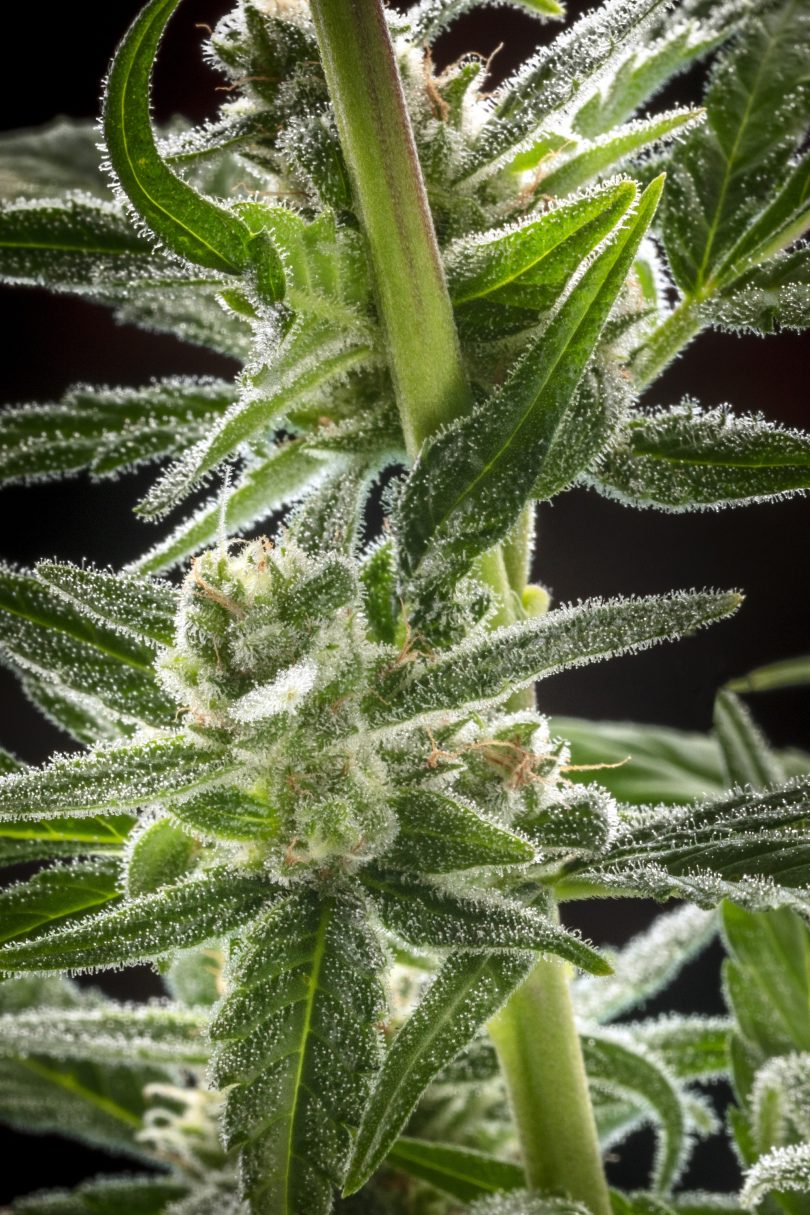As more scientists have taken interest in cannabinoids’ anti-cancer potential in recent years, reviews of scientific literature become particularly valuable, providing a bird’s-eye view of the data collected from which clinicians can connect dots into a path toward optimal treatments.
Precisely to that end, a group of Canadian scientists undertook an ambitious review titled Anti-Cancer Potential of Cannabinoids, Terpenes, and Flavonoids Present in Cannabis. [1] It outlines key points of interest and attributes that make cannabis a unique ally in the fight against cancer.
Mitigating Side Effects of Chemotherapy
For one, they note that while cannabis may not always hold as much power as traditional antiemetics (drugs against vomiting and nausea), “it is sometimes the only drug that works, and it is the only antiemetic that also increases appetite.”
Lowering Chemotherapy Resistance
Various compounds were highlighted to be effective against multidrug resistant cells, including (but not limited to) flavonoids quercetin, kaempferol, luteolin, and vitexin in addition to the sesquiterpenes β-elemene, β-caryophyllene, and valencene. The researchers noted “[s]everal flavonoids and some other compounds that were found to block various effector pumps that are often associated with multidrug resistance.”
Reducing Variables in Treatment
Being a single drug with multiple benefits, rather than multiple drugs with single benefits, cannabis makes for an “advantageous” addition to other cancer therapies.
Entourage Effect (Within Cannabis & Between Cannabis and Other Medications)
The entourage/ensemble effect is a prominent theme in the review, and for good reason. While the synergy between cannabinoids and terpenes has been explored to an extent and regarded as somewhat of the X factor, synergy between cannabis and other medications is fairly uncharted territory.
For one, the scientists point out that “some terpenes, like borneol, could facilitate the passage of various formulations past the blood-brain barrier for cancers within the brain tissues” — a phenomenon observed with cannabidiol (CBD) as well.
Furthermore, they point us to a study [2] on the interplay between tetrahydrocannabinol (THC), CBD, and carfilzomib, an anti-cancer medication. In it, both THC and CBD were found to individually lower the concentration of carfilzomib required to have the necessary effect. When the two cannabinoids were used together, individual required dosages of THC and CBD dropped as well.
This synergy has serious implications.
“[T]his may allow for a reduced dosage of each agent required to produce a therapeutic effect, which has the potential to decrease adverse effects experienced by patients from treatments.”
The researchers note that critics are concerned that entourage/ensemble effects can work both ways, potentially exacerbating negative side effects. This may seem unlikely to cannabis aficionados, but “would clearly be evaluated within a systematic evaluation of the costs/benefits of combinatorial therapies.”
The scientists hope that with time and more studies, the entourage/ensemble effect can be traced back to exact mechanisms and specific combinations between cannabinoids and other compounds, which can then be targeted and serve as “a basis for the optimization of the ratios of compounds used as polytherapies.” Of course, for now this remains in the realm of speculation. [1]
Image Credit: klbz / Pixabay
Reference:
- Tomko AM, et al. Anti-cancer potential of cannabinoids, terpenes, and flavonoids present in cannabis. Cancers. 2020;12(7):1985. Journal Impact Factor = 6.126; Times Cited = 3 (Semantic Scholar)
- Nabissi M, et al. Cannabinoids synergize with carfilzomib, reducing multiple myeloma cells viability and migration. Oncotarget. 2016;7(47):77543-77557. doi:10.18632/oncotarget.12721. Journal Impact Factor = 5.168; Times Cited = 27 (Semantic Scholar)








